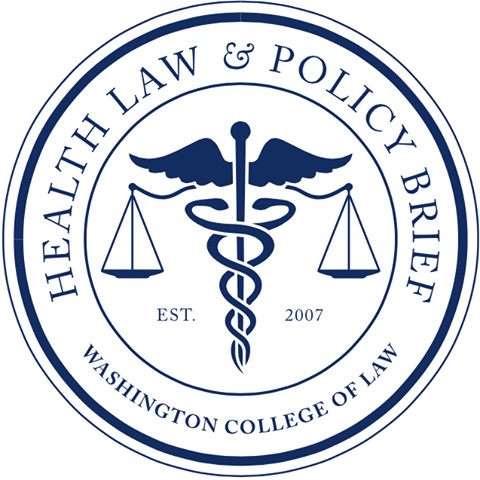On Friday, April 13, 2018, the Fourth Circuit ruled 2-1 that Maryland law HB 631, prohibiting price gouging by generic pharmaceutical companies, is unconstitutional because it violates the dormant commerce clause by directly regulating transactions that occur outside of the state.
The Maryland law prohibites generic drug manufacturers or wholesale distributors from making unconscionable increases to the price of an essential off-patent or generic drug. The Association for Accessible Medicines (AAM), a trade group of generic drug manufacturers, sued the Maryland Attorney General to stop implementation of the law because they said the law violated the dormant commerce clause and the law is impermissibly vague, violating the Fourteenth Amendment Due Process Clause. The Commerce Clause allocates power to the federal government to regulate interstate commerce and constrains states from enacting legislation that interferes with or burdens interstate commerce. The dormant commerce clause limits states from enacting legislation that controls the price of goods outside of the state. The AAM appealed the District Court for the District of Maryland’s decision that granted the State of Maryland’s motion to dismiss AAM’s challenge and denied AAM’s motion for injunctive relief.
The Fourth Circuit found the law unconstitutional because (1) the law is not triggered by conduct that happens inside the state of Maryland, (2) even if it did, the law seeks to control transactions that occur outside of the state, and (3) if other states enacted similar laws, this would impose a significant burden on interstate commerce. The Court did not address whether the statute violated the Fourteenth Amendment because it ruled it unconstitutional under the commerce clause.
Maryland is not the only state working to control high drug prices through legislation. In March of 2018, Oregon passed the Prescription Drug Price Transparency Act, HB 4005. The Oregon law would create new reporting requirements for drug manufacturers related to price increases and patient assistance programs. In 2017, Louisiana, Nevada, California, Maryland, and New York all enacted transparency bills related to drug prices. In 2016, Vermont enacted SB 216 to identify the top fifteen drugs that the state spends the most money on. These states join others that have already put in transparency laws related to prescription drugs like the District of Columbia’s AccessRx law, which requires reporting on gifts to healthcare providers in the District from pharmaceutical companies.
Similar to the Maryland law, laws in other states have been challenged by pharmaceutical and device manufacturer trade groups. The Pharmaceutical Research Manufacturers Association (PhRMA) and Biotechnology Innovation Organization (BIO) have challenged Nevada statute, SB 539, for infringement on patent and trade secrets. The Nevada law requires manufacturers of essential diabetes drugs to report manufacturing costs of the drug, a list of sales representatives who market the drug, payments or donations to nonprofit organization, and other information. In California, PhRMA filed a complaint seeking declaratory and injunctive relief against implementation of SB17, which imposes reporting requirements on pharmaceutical companies for certain price increases on their products sold to state purchasers in California.
The Maryland law was unique because it was the first state law that went beyond reporting and instead explicitly prohibited price increases. The Fourth Circuit decision might scare other state legislatures from passing more aggressive laws to stabilize or lower drug prices. Transparency laws, like the ones passed in 2017, are important because policy makers cannot know there is a problem without the data to examine whether there is one. But there also needs to be more policy action towards potential solutions to keep drug prices down. The Fourth Circuit majority opinion did note that they were sympathetic with consumers who have been affected by high drug prices and that the decision is is not meant to suggest that Maryland and other states cannot enact legislation to secure lower prices for prescription drugs for citizens within their state. Hopefully patient advocacy groups keep pushing for similar state laws and other policy changes to shift the landscape of drug pricing.
